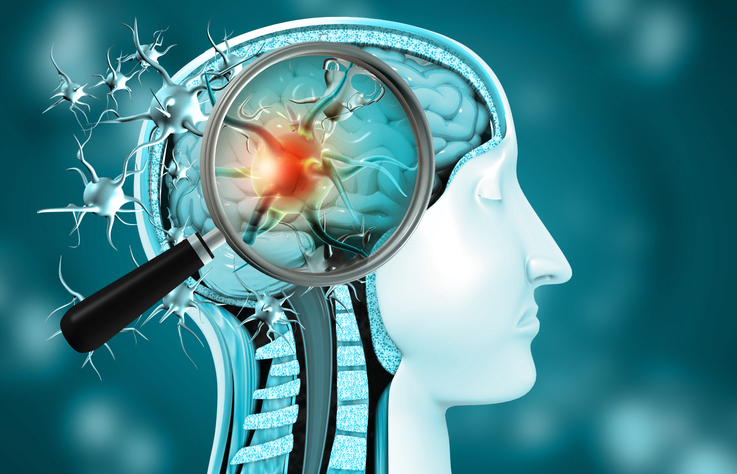Considerable evidence has placed HHV-6A/B “at the scene of the crime” in the diseased tissue of several major neurological diseases. Yet with viruses that produce a lifelong infection starting at an early age in the vast majority of humans—without apparently producing disease in the vast majority of the vast majority—it can be very hard to prove a causal role for the viruses.
A long review article (12,000 words, 309 references) by A. Komaroff (Harvard Medical School), Philip Pellett (Wayne State University School of Medicine) and Steven Jacobson (NINDS/NIH) considers previously-proposed criteria for linking an infectious agent to a disease, beginning with those of Robert Koch. It examines the difficulty of applying these criteria to an agent that is ubiquitous and capable of achieving lifelong latency, with periods of reactivation.
Then the review proposes new criteria for linking such agents—including HHV-6A/B—with disease. To be clear, at best, these criteria would identify these two viruses as one of the factors involved in disease causation, in some patients with the disease—not the sole causal factor in all cases of the disease. The criteria are:
- HHV-6A/B nucleic acid is present in diseased tissue, in most cases, in higher abundance than in non-diseased tissue (by qPCR or other means).
- The amount of HHV-6A/B nucleic acid in diseased tissue or blood, and/or antibody levels, correlates with the severity of the disease.
- HHV-6A/B nucleic acid is demonstrated in cells relevant to disease pathology.
- HHV-6A/B mRNA (by RT-PCR, or other means) and antigens by immunohistochemistry are present in diseased tissue.
- Exposure to and then presence of the viruses and their gene products in affected tissue precede the development of the disease (temporal relationship).
- Infectious agents other than HHV-6A/B are not generally detected in diseased tissue in a substantial number of cases.
- There are cellular and/or humoral immune responses to HHV-6A/B in diseased tissue and/or in blood, and these responses correlate with the severity of the disease.
- HHV-6A/B affect cellular function in diseased tissue in a manner able to cause or augment the disease pathology (in vitro or in vivo studies).
- Specific antiviral therapy both reduces viral load in diseased tissue or blood and is followed by clinical improvement.
Then, using each of these criteria, the review summarizes how well a causal role for the viruses has been established for several important neurological diseases/disorders: febrile seizures and febrile status epilepticus, mesial temporal lobe epilepsy, multiple sclerosis and Alzheimer’s disease. (Because the evidence linking the viruses to encephalitis has been summarized in excellent recent review articles, this review did not include encephalitis).
Finally, the review proposes principles to guide future research into a possible causal role for these viruses in various diseases.
The review concludes that several of the disease causation criteria appear to be met for febrile seizures, febrile status epilepticus and mesial temporal lobe epilepsy. For multiple sclerosis, many of the criteria appear to have been met, yet inconsistent reports in the literature make conclusions uncertain.
For Alzheimer’s disease, the evidence of a causal role for HHV-6A/B is quite weak; indeed, evidence linking other infectious agents to Alzheimer’s disease is considerably stronger than it is for HHV-6A/B. At the same time, as summarized in the article, the evidence linking these several other infectious agents (and associated neuroinflammation) to Alzheimer’s disease is growing stronger.
Read the full article: Komaroff 2021

